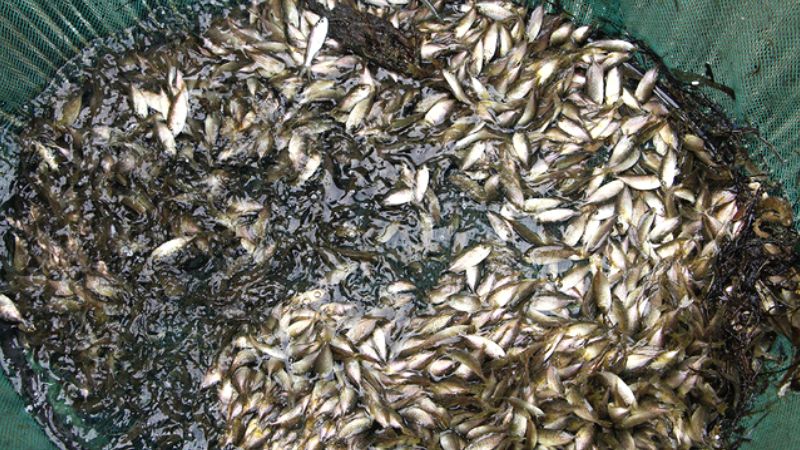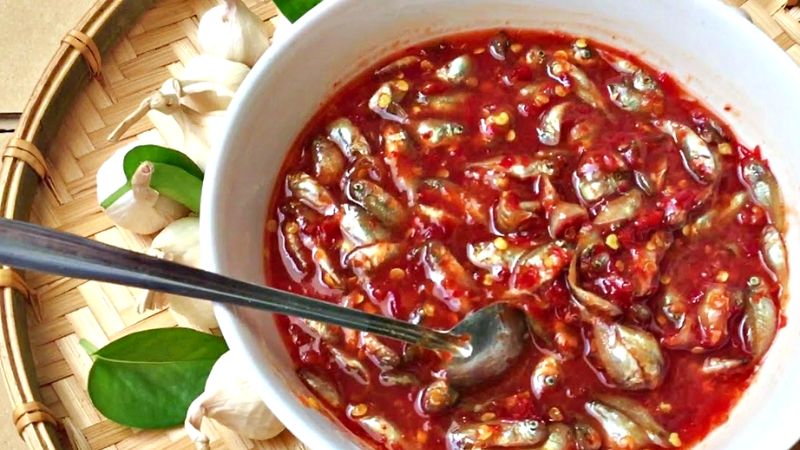Every April, hundreds of locals flock to the coastal waters of Hue, Vietnam, with nets in hand, to catch a unique fish known as “ca ro.” This annual event provides a significant boost to the local economy, as this small fish is highly valued for its culinary delights.
1 What is Ca Ro?
Ca ro, also known as “ca dia cham vang” or “ca kinh giong,” is a small fish that thrives in the salty waters of the region. It has a distinctive spindle-shaped body, with a small head and a long, hard dorsal fin that contains a potent venom. Its body is a bright yellow, with a silvery-white underside adorned with dark yellow spots along the back. Ca ro is most famous for being the key ingredient in “mam ca ro,” a renowned local specialty.
 Ca Ro Fish
Ca Ro Fish
2 How Much is Ca Ro Worth?
The Ca Ro fishing season only lasts for about a month, but it’s an incredibly lucrative time for local fishermen, who can earn up to $1 million Vietnamese Dong per day. The fish is aptly nicknamed “loc troi,” which translates to “heaven’s blessing,” reflecting the economic value it brings to the community.
Locals share that a day’s catch of Ca Ro, typically sold in plastic baskets with a 20cm diameter, can fetch a handsome price of VND 2 million from farmers who raise “ca kinh,” a similar fish species. Interestingly, Ca Ro is sold by the basket rather than by weight, with each basket costing between VND 400,000 and 600,000.

3 Delicious Dishes Featuring Ca Ro
Ca Ro’s firm, sweet-tasting meat has made it a favorite among locals, and its versatility in dishes is remarkable.
Mam Ca Ro (Ca Ro Fermented Fish Sauce)
The signature dish of the region, Mam Ca Ro, is crafted through a simple fermentation process. Fresh Ca Ro is cleaned, drained, and mixed with salt, then left to ferment for 30 days. The fermented fish is then blended with a savory mix of garlic, chili, and sugar, creating a condiment that showcases the fish’s firm meat and the region’s characteristic salty flavors.
 Mam Ca Ro
Mam Ca Ro
Ca Ro Cooked with “Ngót” (A Type of Green Vegetable)
Ca Ro is also delicious when cooked with “ngót,” a local green vegetable. The fish is first marinated and then simmered with tomatoes and seasoned to taste. The resulting dish offers a delightful combination of sweet fish meat and a tangy-sweet broth, best enjoyed with a side of chili sauce and fresh herbs.

Ca Ro, a humble yet extraordinary fish, has earned its place as a celebrated delicacy of Hue, Vietnam. We hope that through this article, you’ve gained a deeper appreciation for this unique fish and the delicious dishes it inspires.

































